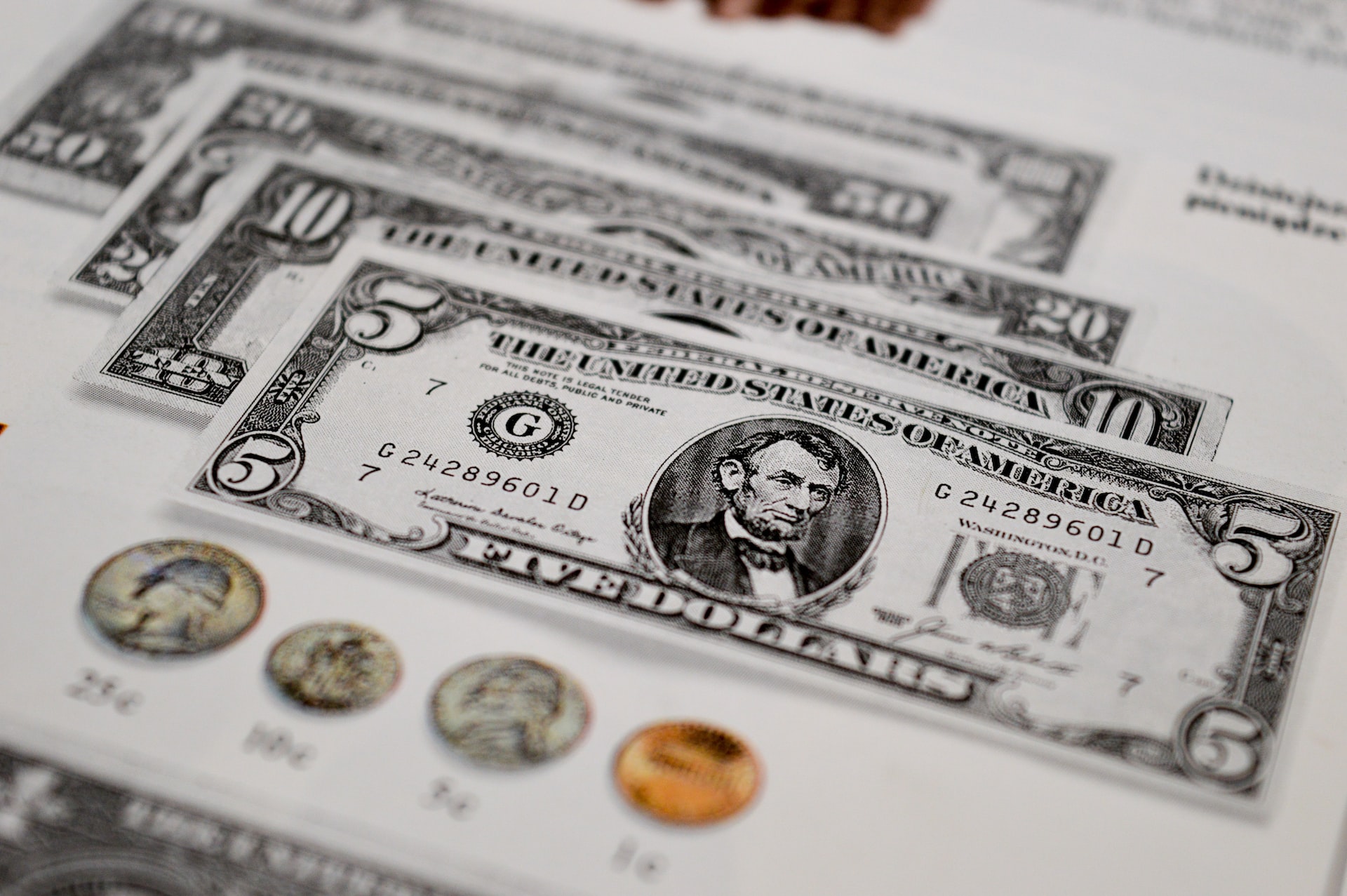Money orders and cashier checks increase financial security and allow you to make payments. Each of these choices requires a small fee, but they can protect you from bounced checks. Bounced checks can become a nightmare for you and your recipients. You will both get charged an extra fee, and people can have less confidence in doing business with you. Money orders and cashier’s checks solve this problem. Although digital transactions have made these checks less popular, they have niche applications that offer safeguards around your money. We will discuss the differences between these checks and when to use each one to conduct transactions.
What is a Money Order?
A money order is a cheaper alternative to a cashier’s check. You have to prepay for this check, and they cannot exceed $1,000. You also have more flexibility with obtaining money orders. You can get them at gas stations, grocery stores, convenience stores, credit unions, post offices and a few other locations. You don’t even need a bank account to get a money order since you pay in advance. Banks also issue money orders, so you don’t have to rely on your local convenience store.
What is a Cashier’s Check?
A cashier’s check is a secure check backed by a financial institution. Customers can pay for these checks in advance, ensuring they will not bounce. Traditional checks expire in six months, and not everyone cashes them immediately. If some recipients delay their deposits and others act right away, you can end up with a negative balance and checks getting bounced. Giving cashier’s checks to recipients helps you avoid this problem. You can only get a cashier’s check through the bank. Grocery stores and convenience stores won’t carry them.
Are Money Orders and Cashier’s Checks the Same?
Money orders and cashier’s checks follow the same model but have different rules and fees. Both prepaid checks help you avoid bounced checks and additional costs associated with those transactions. Every check expires in six months, and delayed deposits can lead to recurring bounced check fees. Digital transactions make it easier to avoid this scenario.
Money Order vs. Cashier’s Check: Which is Cheaper?
Money orders and cashier’s checks each have fees, but you will pay less with a money order. For example, banks and convenience stores may charge up to $5 for money orders, but you can expect to pay $10 in fees for a cashier’s check.
Money Order vs. Cashier’s Check: Comparison
While money orders are more affordable than cashier’s checks, the fee difference is relatively small. Cashier’s checks also have some advantages over money orders that make them worth a closer look. This comparison between money orders and cashier’s checks will help you decide which choice is right for your financial transactions.
Types of Purchases
A cashier’s check is better for large purchases since they have no limit. Your money order cannot exceed $1,000, making it a better fit for inexpensive items. Cashier’s checks are also more secure since they have backing from a bank. The bank guarantees the payment will go through, and people will feel more confident working with you. You won’t have as much security if you get a money order from a convenience store compared to a cashier’s check from a financial institution.
Costs
Money orders will take less of a hit on your wallet than cashier’s checks. You save a few dollars with a money order, but if you take out multiple money orders to exceed $1,000, you can end up paying more than if you got a single cashier’s check.
Convenience and Ease
The convenience and ease of these financial options depend on the consumer. Anyone without a bank account will benefit from money orders. You do not need a checking or savings account to obtain a money order. A cashier’s check requires a bank account, but not having a limit is more convenient for some consumers. You may need to write a check for over $1,000, and a money order won’t work.
Safety and Security
Cashier’s checks have more security than money orders. A financial institution promises to pay the money to the recipient. You have to pay in advance for the financial institution to make that promise, but it’s more reliable than money orders. You have to pay in advance to obtain either check, but money orders backed by convenience stores have less security than checks supported by banks. Cashier’s checks have the recipient’s name written on the check, ensuring a thief can’t write the check to anyone. Money orders leave the “pay to” space blank, inviting you to fill that line. If you do not fill this line and the wrong person obtains your check, the unintended recipient can write their own name.
When Should You Use a Money Order?
A money order is optimal for purchases below $1,000, letting you avoid using a personal check. Money orders will also help you avoid bounced checks since you pay for them in advance instead of when the recipient requests money. Money orders are the only option for some consumers. While cashier’s checks require that you have a bank account, you can get a money order even if you do not have a checking or savings account. You also save money on money orders, and if you transact with checks often, those savings can add up quickly.
When Should You Use a Cashier’s Check?
A cashier’s check is best for purchases over $1,000 that require additional security. The bank will back the check and write the recipient’s name on the check. You won’t have to worry about filling the blank space and risking an unintended recipient writing their name and receiving the funds instead.







